Home>Home Appliances>Cleaning Appliances>How To Mop Floors With Bleach
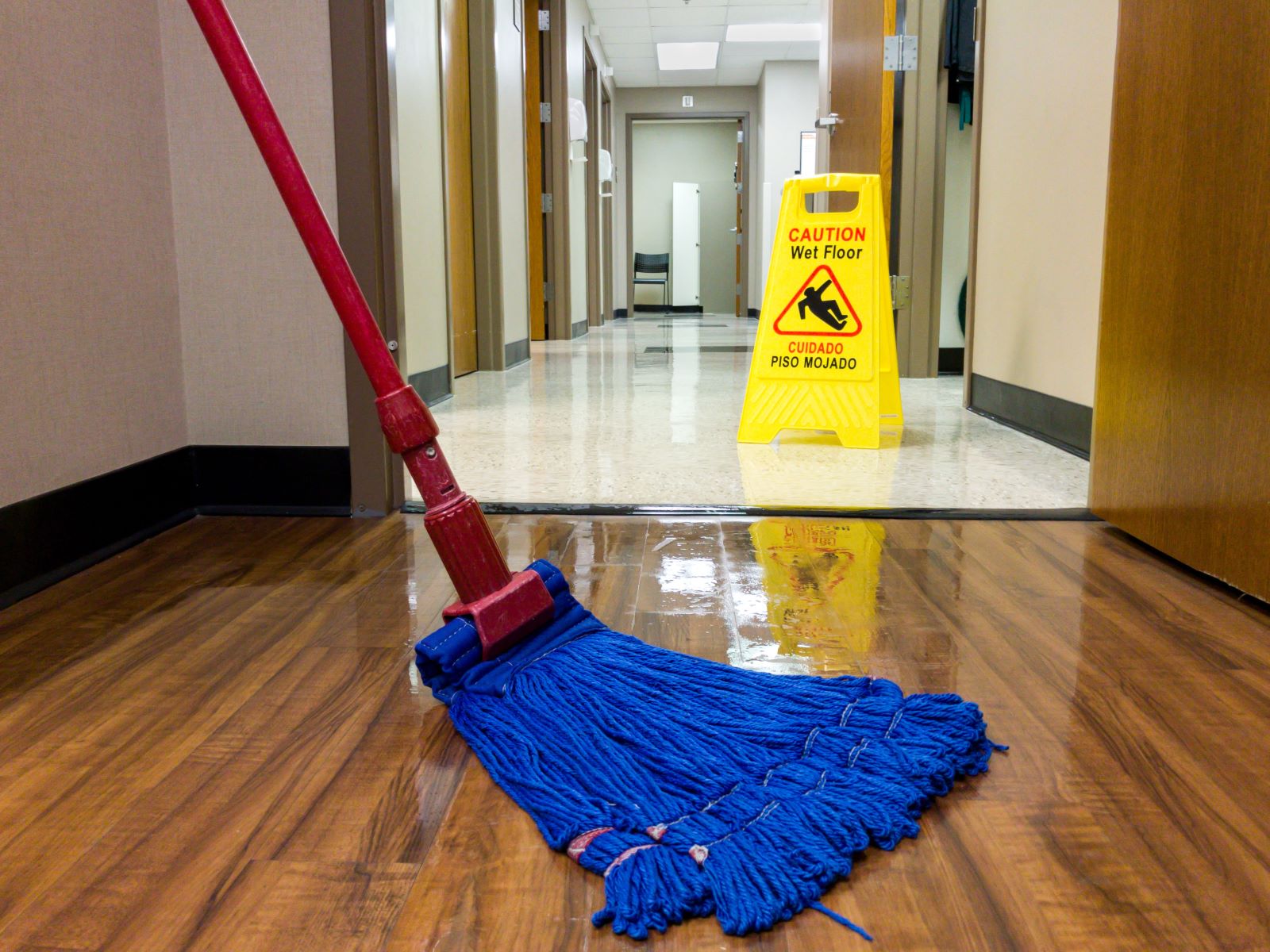

Cleaning Appliances
How To Mop Floors With Bleach
Modified: April 22, 2024
Learn the best way to mop floors with bleach for a sparkling clean finish. Discover effective tips for using cleaning appliances safely and efficiently.
(Many of the links in this article redirect to a specific reviewed product. Your purchase of these products through affiliate links helps to generate commission for Storables.com, at no extra cost. Learn more)
Introduction
Welcome to the comprehensive guide on how to effectively mop your floors with bleach. When it comes to maintaining a clean and sanitary home environment, regular mopping is essential. However, there are times when you may want to take your floor cleaning to the next level, especially when dealing with tough stains, odors, or disinfection needs. This is where incorporating bleach into your mopping routine can be incredibly beneficial.
In this article, you will learn the proper techniques for mopping floors with bleach, ensuring that you achieve a sparkling clean and germ-free surface without causing any damage. We will cover safety precautions, the materials you will need, and a step-by-step guide to help you master this cleaning process. By following these instructions, you can effectively sanitize and revitalize your floors, leaving your home with a fresh and inviting ambiance.
So, whether you are dealing with stubborn stains, unpleasant odors, or simply aiming to elevate your cleaning regimen, mopping with bleach can be a game-changer. Let’s dive into the details and transform your floors into spotless, hygienic spaces!
Key Takeaways:
- Elevate your floor cleaning routine by mopping with bleach to tackle tough stains, odors, and disinfection needs, leaving your floors sparkling and germ-free.
- Prioritize safety when working with bleach by following essential precautions, such as proper ventilation, protective gear, and careful handling, to ensure a safe and effective cleaning experience.
Read more: How To Mop A Floor
Safety Precautions
Before you embark on mopping your floors with bleach, it’s crucial to prioritize safety. Bleach is a powerful cleaning agent that can yield remarkable results, but it also demands careful handling to prevent any potential hazards. Here are some essential safety precautions to keep in mind:
- Ventilation: Ensure that the area you are cleaning is well-ventilated. Open windows and doors to allow fresh air to circulate, reducing the concentration of bleach fumes.
- Protective Gear: Wear rubber gloves to shield your skin from direct contact with the bleach solution. Additionally, consider wearing eye protection to prevent any accidental splashes from coming into contact with your eyes.
- Mixing: Never mix bleach with ammonia or any other cleaning products, as this can produce toxic fumes. Use bleach only as directed and in recommended concentrations.
- Keep Pets and Children Away: When working with bleach, it’s important to keep pets and children away from the cleaning area. Ensure that they are in a safe and separate space until the cleaning process is complete and the area is thoroughly rinsed and dried.
- Storage: Store bleach in a secure location, out of reach of children and pets. Always follow the manufacturer’s guidelines for proper storage and disposal of bleach containers.
- Testing: Before mopping the entire floor with a bleach solution, perform a spot test in an inconspicuous area to ensure that the bleach does not cause any discoloration or damage to the flooring material.
By adhering to these safety precautions, you can mitigate potential risks associated with using bleach for mopping. Prioritizing safety not only protects you and your loved ones but also ensures that the cleaning process is carried out effectively and without incident.
Materials Needed
Before you begin mopping your floors with bleach, it’s essential to gather the necessary materials to ensure a smooth and efficient cleaning process. Here’s a list of items you will need:
- Bleach: Choose a high-quality bleach product that is suitable for floor cleaning. Ensure that the bleach is intended for the specific type of flooring you have, whether it’s tile, vinyl, laminate, or another material.
- Mop: Select a mop that is appropriate for the size and texture of your floors. For large areas, a sturdy mop with a replaceable head may be ideal, while smaller spaces may benefit from a sponge or microfiber mop for precision cleaning.
- Bucket: Use a durable bucket that is large enough to hold an ample amount of cleaning solution. This will allow you to cover the entire cleaning area without the need for frequent refills.
- Protective Gloves: Rubber gloves will protect your hands from direct contact with the bleach solution, ensuring your skin remains safe during the cleaning process.
- Clean Water: Have access to clean water for rinsing the mop and diluting the bleach solution as needed. This will aid in thoroughly removing the bleach from the floors after mopping.
- Eye Protection (Optional): If you prefer an extra layer of protection, consider wearing safety goggles to shield your eyes from potential splashes of bleach during the mopping process.
- Open Windows/Good Ventilation: Ensure that the cleaning area is well-ventilated by opening windows and doors to allow fresh air to circulate. This will help dissipate bleach fumes and create a safer environment for cleaning.
By having these materials on hand, you can approach the mopping process with confidence, knowing that you are well-equipped to achieve a thorough and effective clean. With the right tools and precautions in place, you can transform your floors with the power of bleach, leaving them gleaming and sanitized.
Step 1: Prepare the Mop Solution
Before you begin mopping your floors with bleach, it’s crucial to prepare the cleaning solution with the right concentration of bleach and water. Follow these steps to create an effective mop solution:
- Dilution: Start by diluting the bleach with water in the appropriate ratio. For most floor cleaning purposes, a general guideline is to mix approximately 1/2 cup of bleach with 1 gallon of water. However, it’s important to refer to the specific recommendations on the bleach product’s label, as concentrations may vary.
- Test Mixture: Once the bleach and water are combined, it’s advisable to test the solution on a small, inconspicuous area of the floor to ensure that it does not cause any adverse reactions, such as discoloration or damage. This spot test will help you determine the suitability of the solution for your particular flooring material.
- Fill the Bucket: Pour the prepared bleach solution into a clean bucket, ensuring that it is securely held and does not pose a risk of spillage during the mopping process.
By carefully preparing the mop solution with the correct concentration of bleach and water, you can ensure that the cleaning process is both effective and safe for your floors. This step sets the foundation for achieving a thorough and germ-free clean, allowing you to tackle tough stains and disinfection needs with confidence.
Mix 1/2 cup of bleach with 1 gallon of water. Mop the floor with the solution, let it sit for 5 minutes, then rinse with clean water. Open windows for ventilation.
Step 2: Clear the Area
Prior to commencing the mopping process with bleach, it’s essential to prepare the cleaning area to ensure optimal efficiency and safety. Follow these steps to clear the space effectively:
- Remove Obstacles: Clear the floor of any obstacles, such as furniture, rugs, or other items that may obstruct the mopping process. This will allow you to cover the entire floor surface without hindrance, ensuring a thorough clean.
- Sweep or Vacuum: Before applying the bleach solution, sweep or vacuum the floor to remove any loose dirt, dust, or debris. This initial cleaning step will prevent these particles from spreading or interfering with the mopping process.
- Secure Pets and Children: If you have pets or children, ensure that they are in a safe and separate area away from the cleaning zone. This precaution will prevent accidental contact with the bleach solution and minimize disruptions during the mopping process.
By clearing the area and preparing the space for the mopping process, you can streamline the cleaning procedure and minimize potential obstacles. This sets the stage for a focused and effective mopping experience, allowing you to achieve a pristine and sanitized floor with ease.
Read more: How To Mop The Floor
Step 3: Mop the Floor
Now that you’ve prepared the bleach solution and cleared the area, it’s time to embark on the mopping process. Follow these steps to ensure a thorough and effective cleaning experience:
- Dip the Mop: Submerge the mop head into the prepared bleach solution, allowing it to absorb an ample amount of the cleaning liquid without dripping excessively.
- Wring Out Excess: Once the mop is saturated with the bleach solution, wring out any excess liquid to prevent over-saturation of the floor. The mop should be damp but not dripping excessively to avoid leaving puddles of bleach on the floor.
- Begin Mopping: Starting from one corner of the room, begin mopping the floor in a systematic manner, working your way across the entire surface. Use smooth, overlapping strokes to ensure thorough coverage and an even distribution of the bleach solution.
- Focused Areas: Pay special attention to areas with visible stains, grime, or discoloration. Apply slightly more pressure and additional mopping strokes to effectively target and lift stubborn dirt or blemishes.
- Work in Sections: If you are cleaning a larger area, consider dividing the floor into manageable sections and focus on mopping one section at a time. This approach ensures that no area is overlooked, and the entire floor receives equal attention.
By following these steps, you can effectively mop the floor with the bleach solution, targeting tough stains and ensuring thorough disinfection. This meticulous approach will leave your floors revitalized and free from unwanted grime and germs, enhancing the overall cleanliness of your living space.
Step 4: Rinse and Dry
After mopping the floor with the bleach solution, the final steps involve rinsing and drying the surface to complete the cleaning process. Follow these essential steps to ensure that your floors are left spotless and free from residual bleach:
- Rinse the Mop: Thoroughly rinse the mop with clean water to remove any remaining bleach solution. Wring out the mop to eliminate excess water, preparing it for the rinsing process.
- Rinse the Floor: Using a separate mop or clean cloth dampened with water, go over the mopped floor to rinse off any residual bleach. This step is crucial in removing the cleaning solution and preventing any lingering bleach residue.
- Dry the Floor: Once the floor has been rinsed, use dry towels or a mop with an absorbent head to dry the surface thoroughly. Pay special attention to corners and edges, ensuring that no excess moisture remains on the floor.
- Good Ventilation: Open windows and doors to promote air circulation and expedite the drying process. This will help eliminate any remaining moisture and ensure that the floor is completely dry before resuming regular use of the space.
By diligently following these steps, you can effectively rinse off any residual bleach and ensure that your floors are left clean, sanitized, and free from excess moisture. This final stage of the mopping process sets the foundation for a pristine and inviting living environment, allowing you to enjoy the benefits of freshly cleaned and disinfected floors.
Conclusion
Congratulations on successfully mastering the art of mopping floors with bleach! By following the comprehensive steps outlined in this guide, you have acquired the knowledge and skills to elevate your floor cleaning routine and achieve a sparkling, germ-free environment. Mopping with bleach offers a powerful solution for tackling tough stains, odors, and disinfection needs, ensuring that your floors remain pristine and hygienic.
Remember, safety should always be a top priority when working with bleach. Adhering to safety precautions, such as proper ventilation, protective gear, and careful handling, is essential to ensure a safe and effective cleaning experience. Additionally, always refer to the manufacturer’s guidelines for the appropriate use and dilution of bleach to achieve optimal results without causing damage to your floors.
With the right materials, meticulous preparation, and methodical execution, you can transform your floors with the potent cleaning properties of bleach. Whether you are tackling kitchen spills, bathroom grime, or general floor maintenance, mopping with bleach offers a versatile and impactful solution for maintaining a clean and inviting home environment.
As you complete the mopping process and witness the revitalized state of your floors, take pride in knowing that you have contributed to a healthier and more hygienic living space for you and your loved ones. Regular maintenance and periodic deep cleaning with bleach will help preserve the beauty and cleanliness of your floors, ensuring that they remain a source of pride and comfort within your home.
Embrace the transformative power of mopping with bleach, and revel in the rejuvenated ambiance it brings to your living space. With these newfound skills and insights, you are well-equipped to maintain impeccably clean and sanitized floors, enhancing the overall appeal and hygiene of your home.
Frequently Asked Questions about How To Mop Floors With Bleach
Was this page helpful?
At Storables.com, we guarantee accurate and reliable information. Our content, validated by Expert Board Contributors, is crafted following stringent Editorial Policies. We're committed to providing you with well-researched, expert-backed insights for all your informational needs.
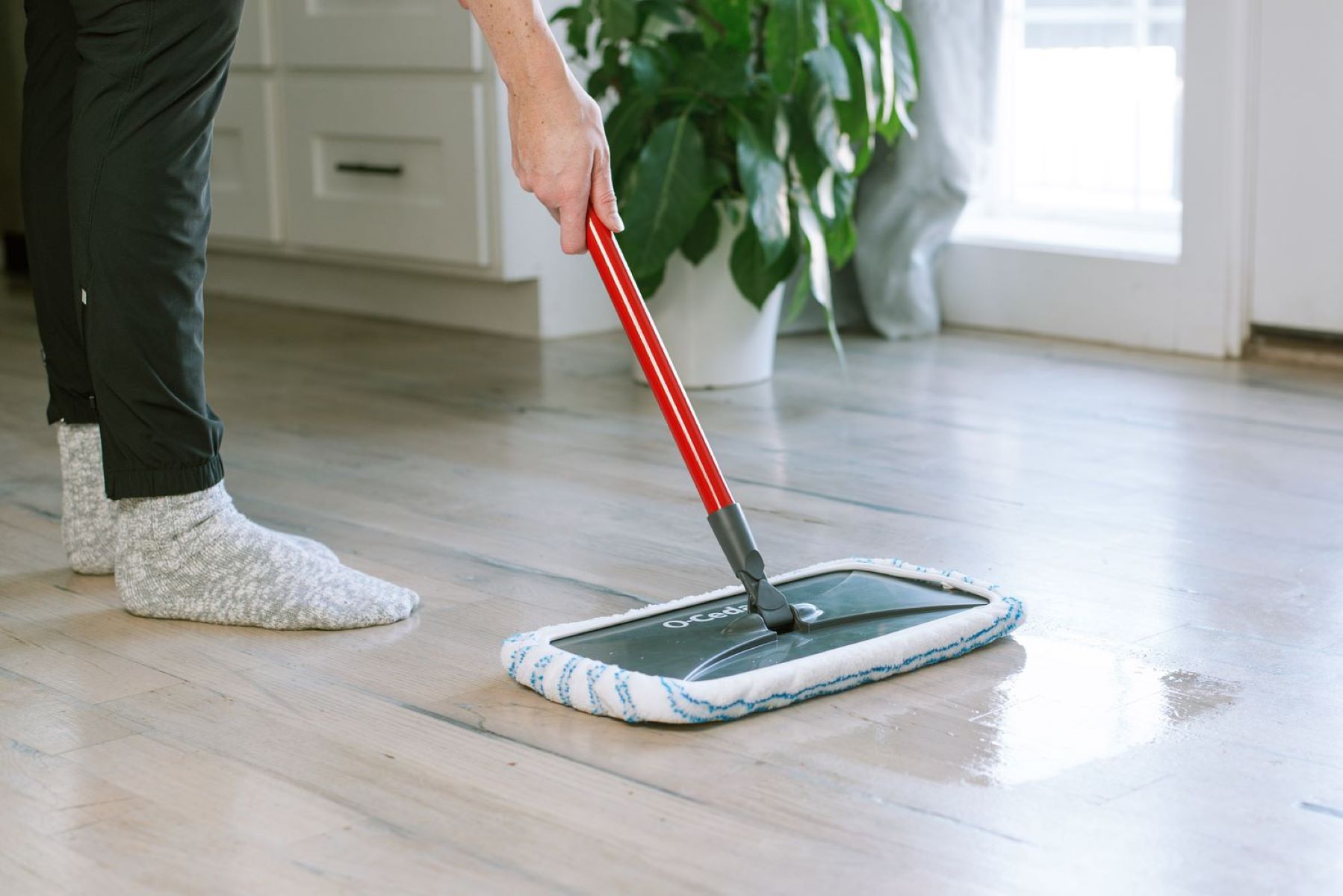
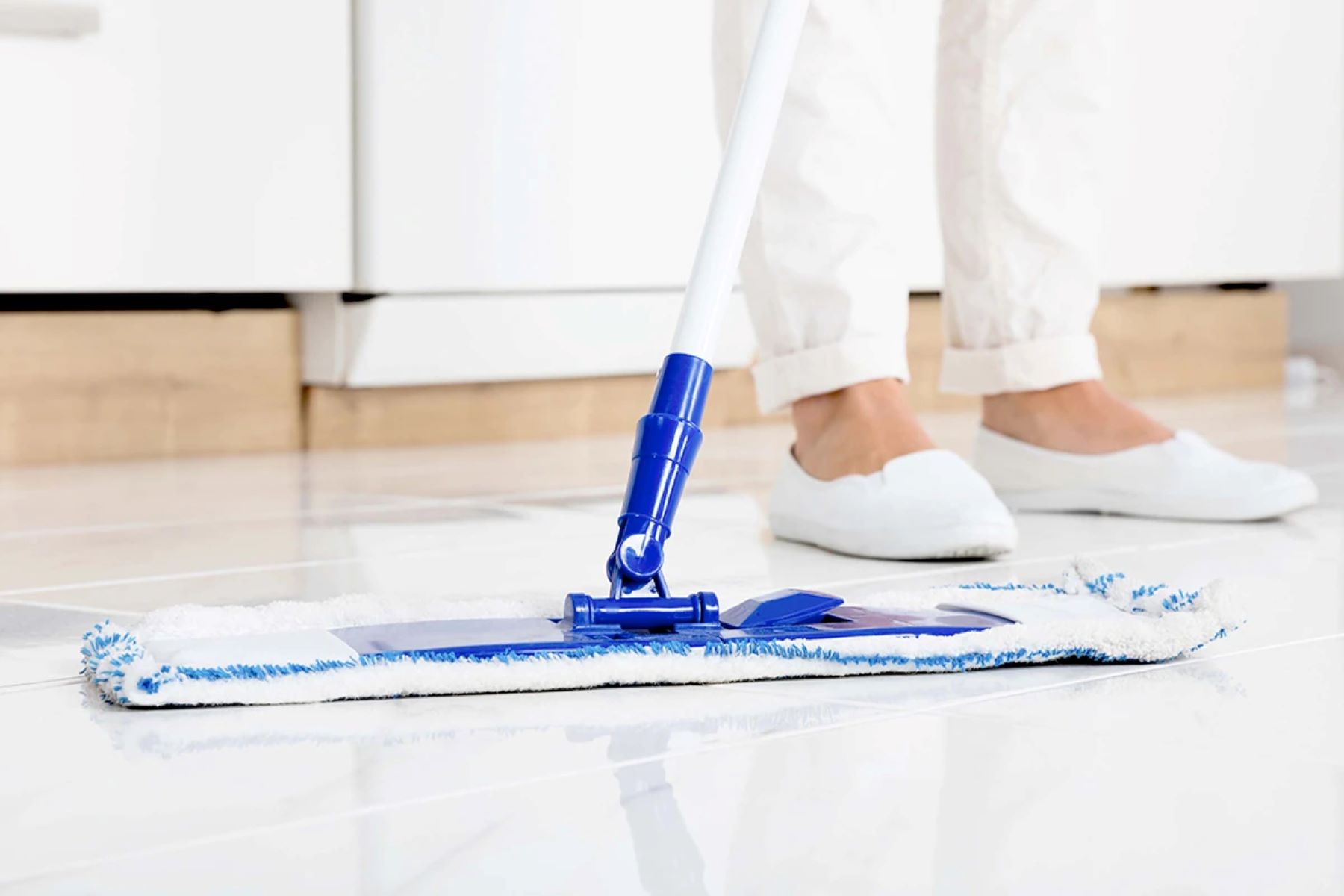
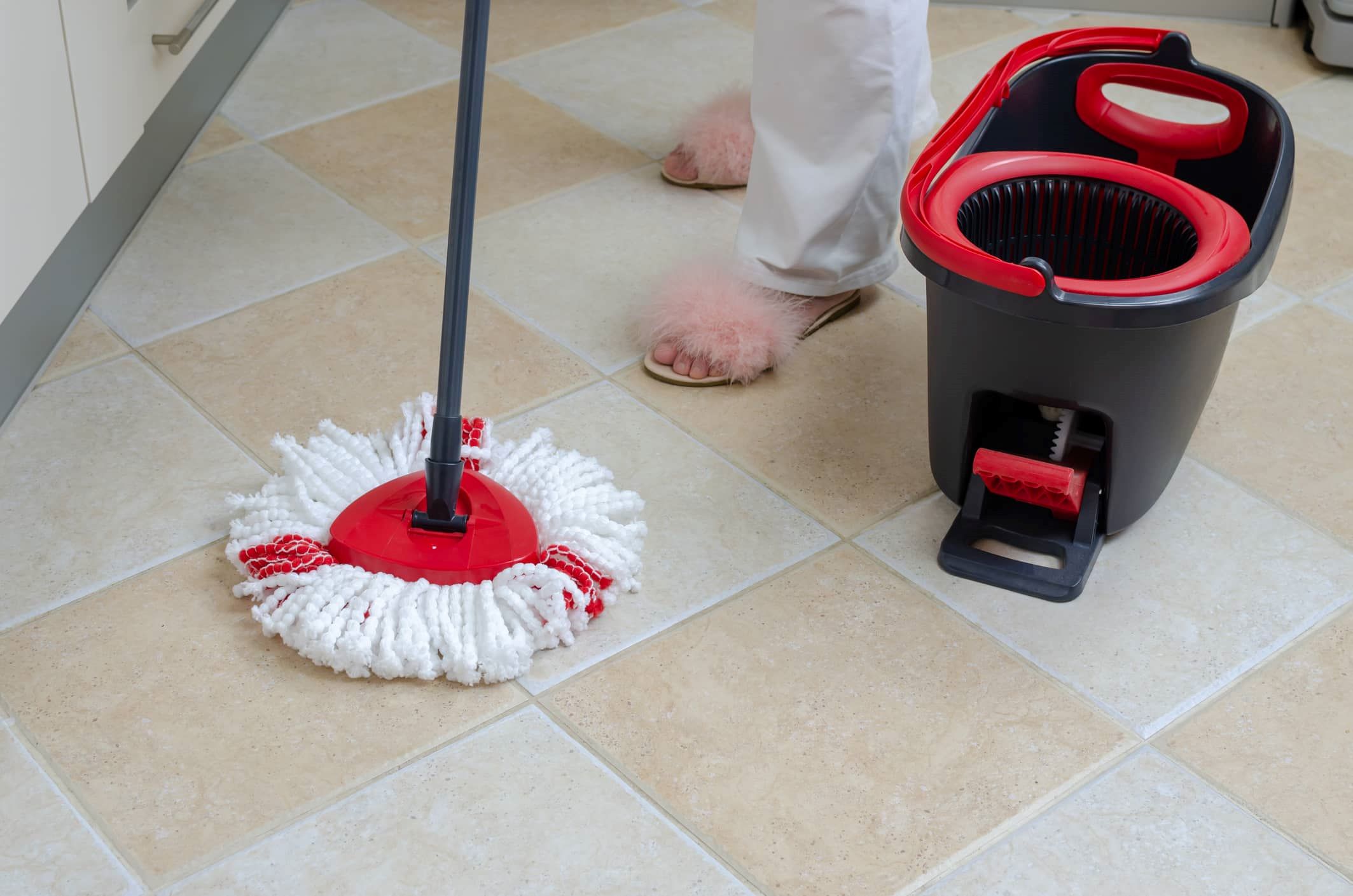
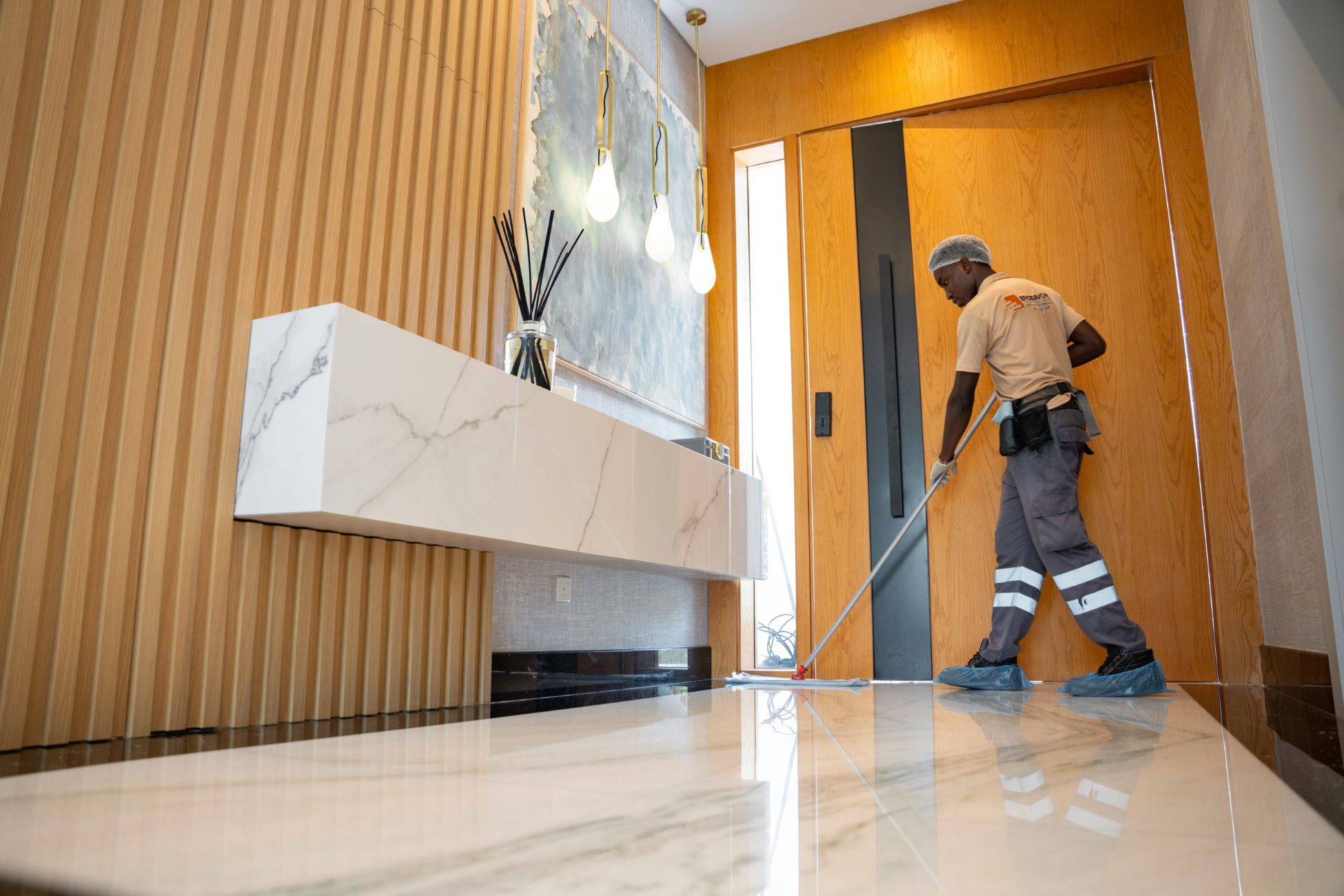
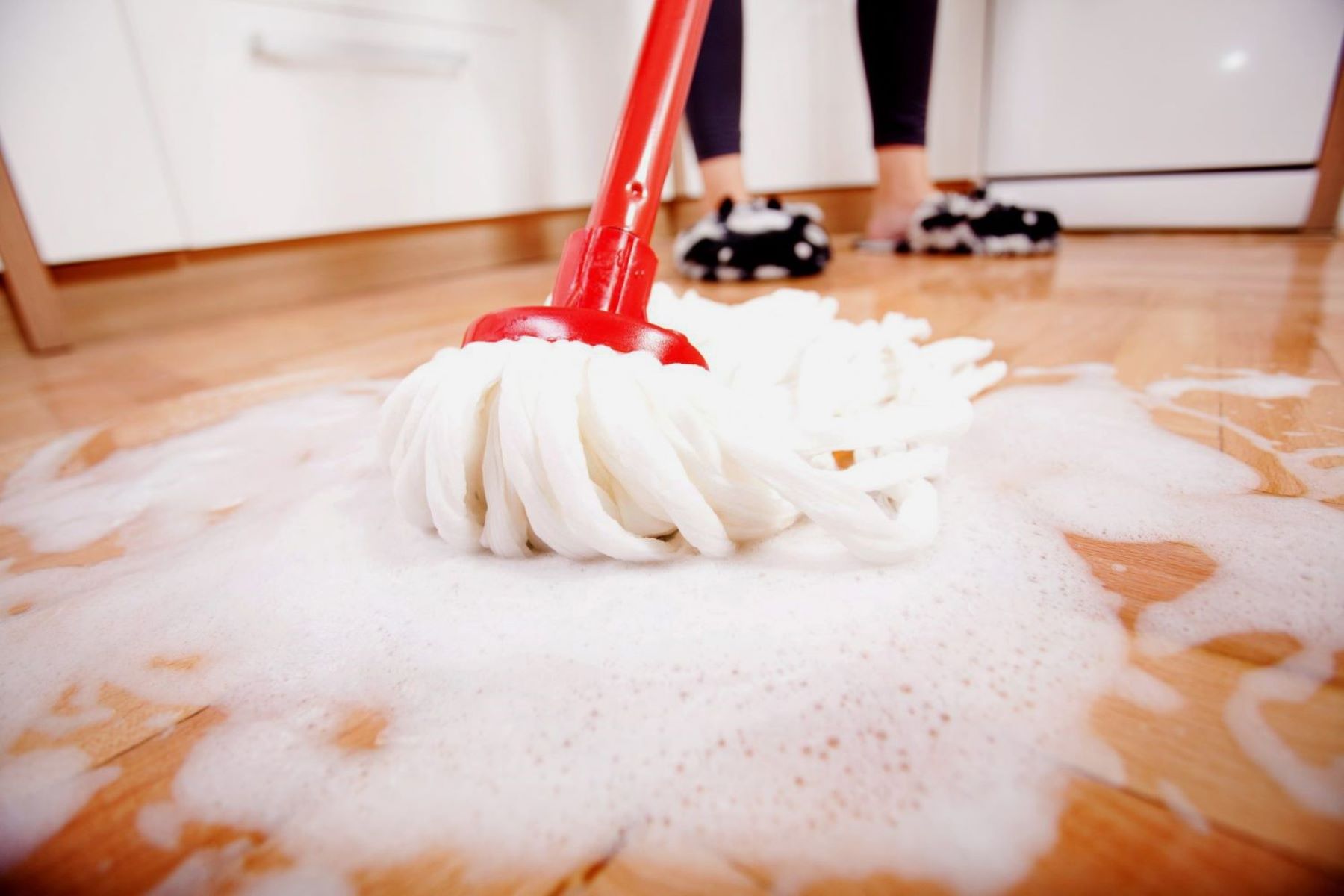
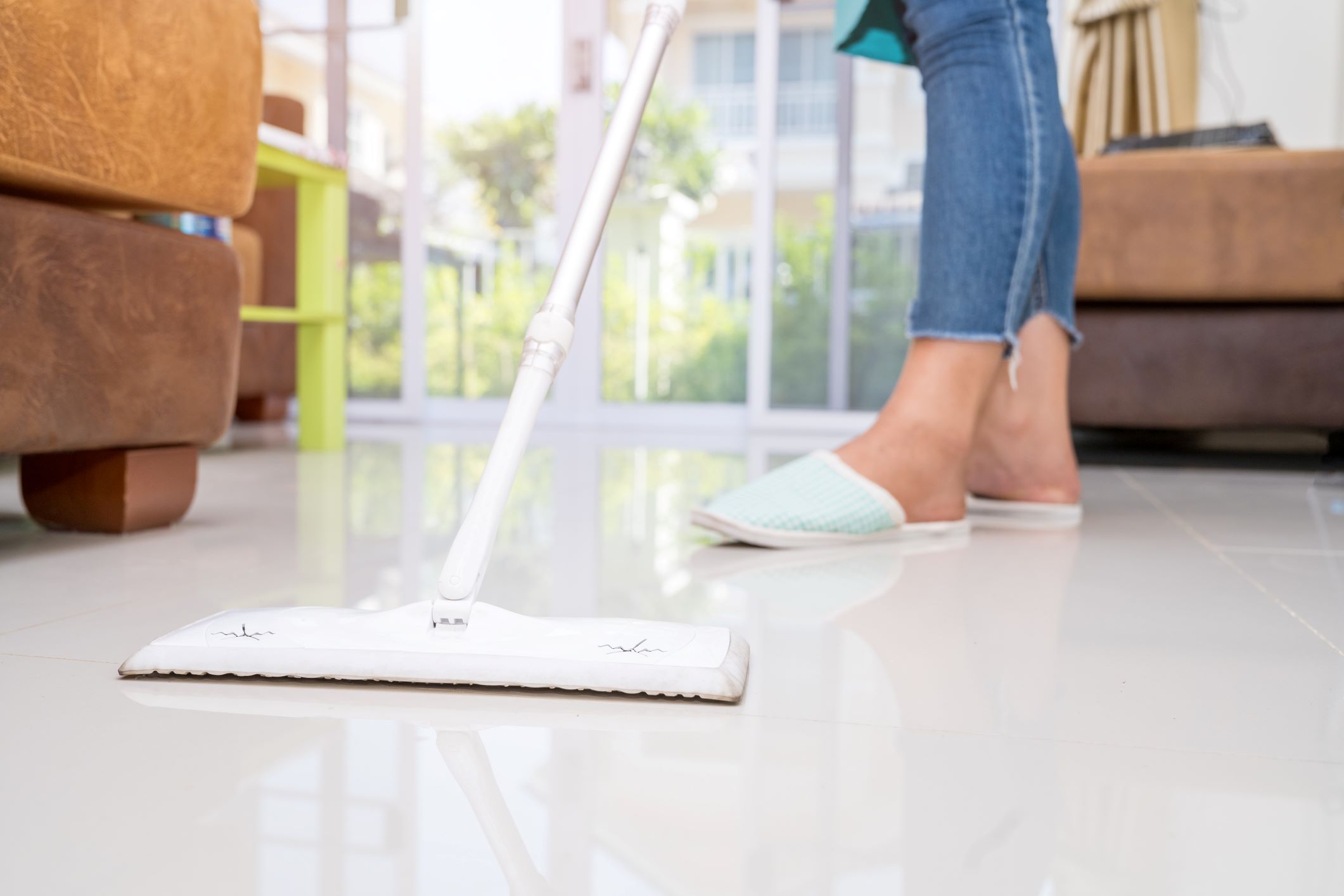
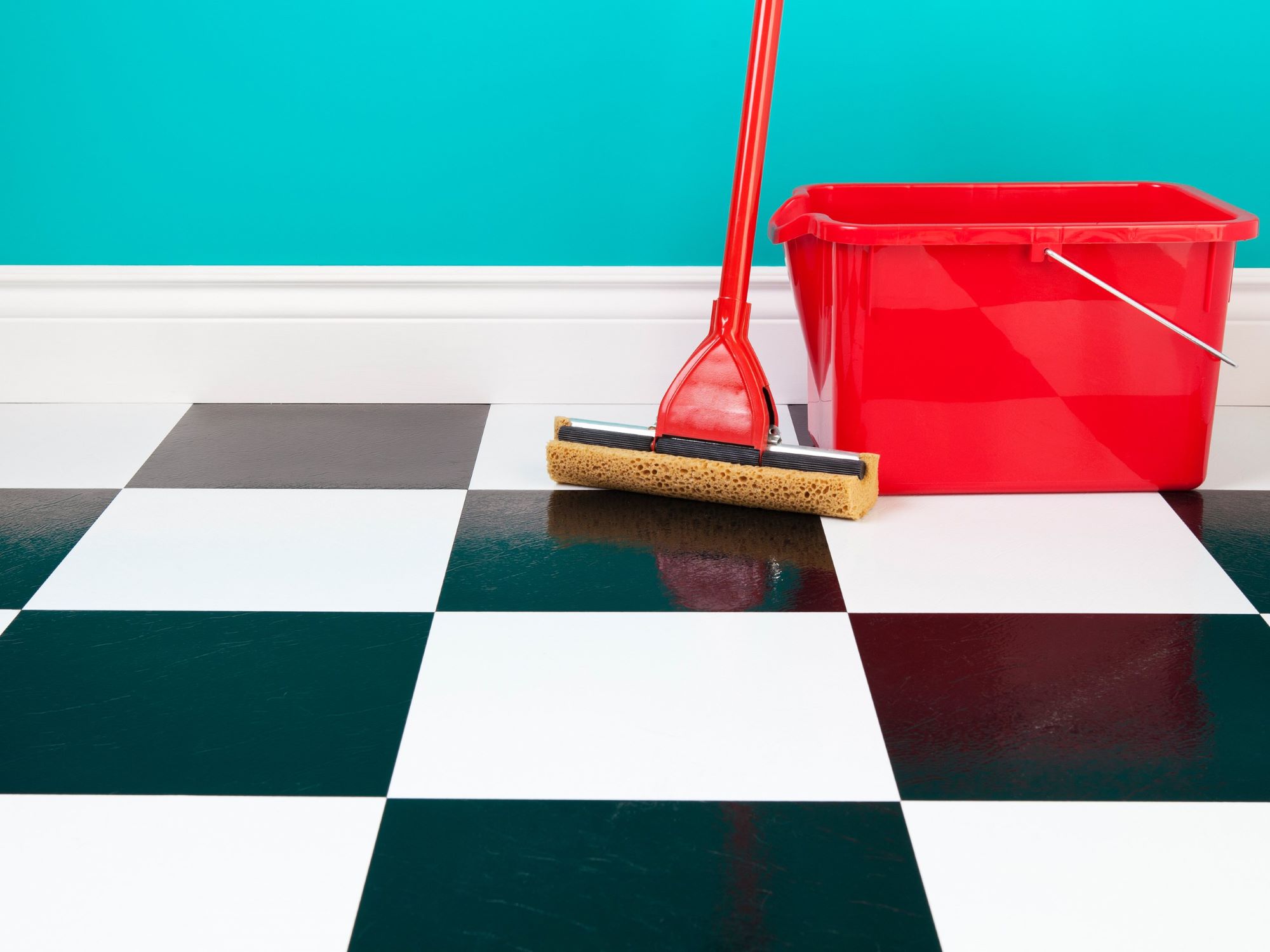
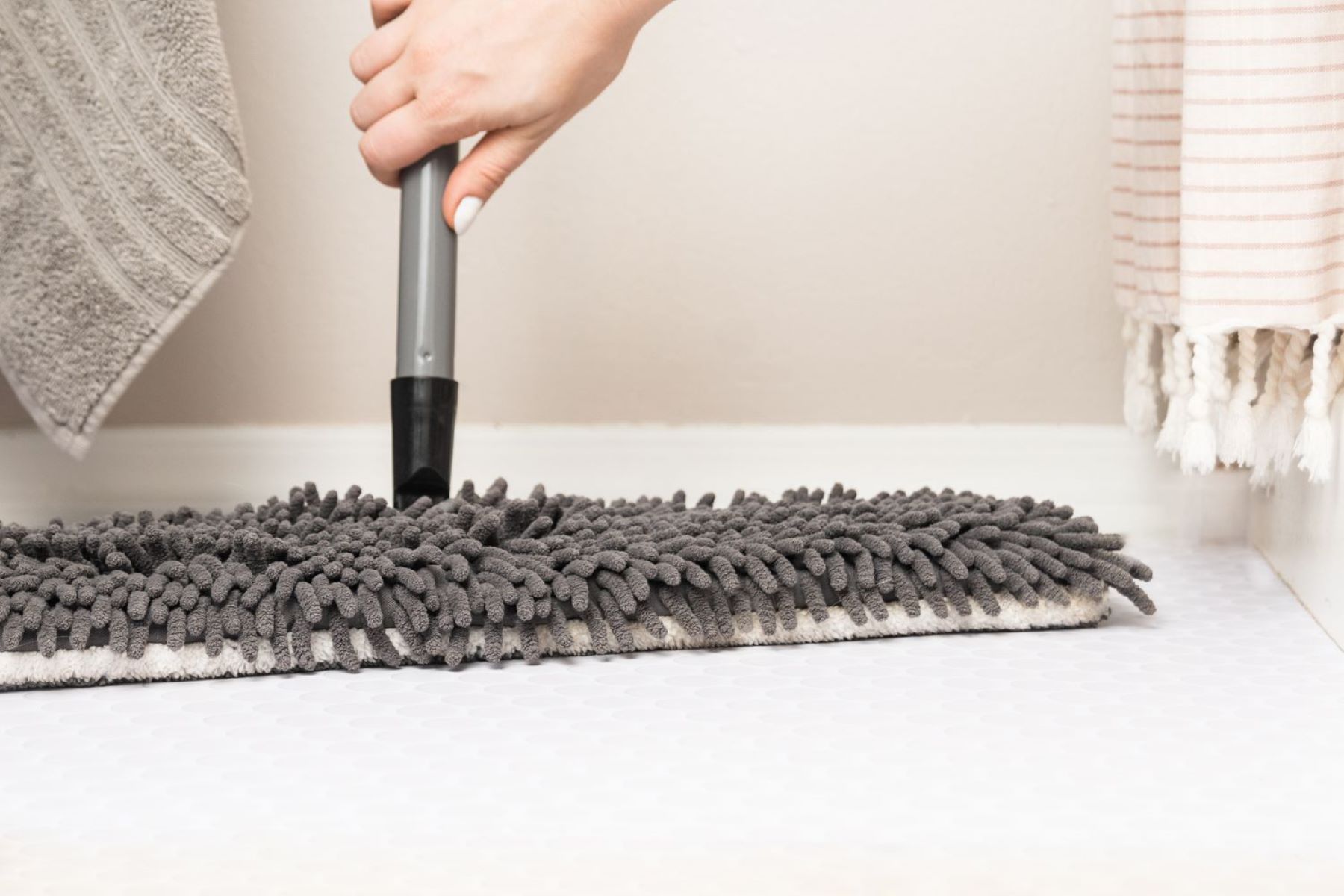
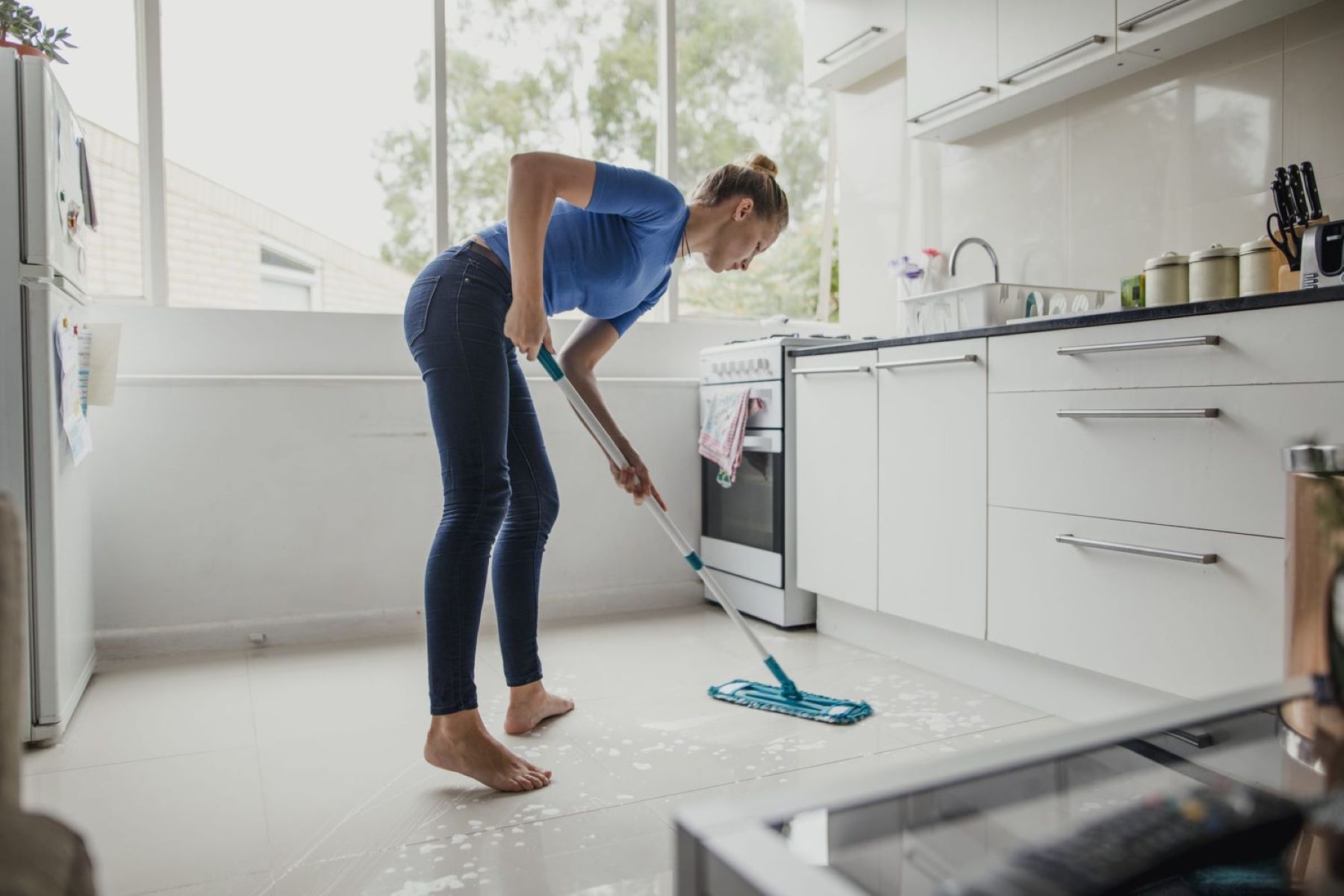
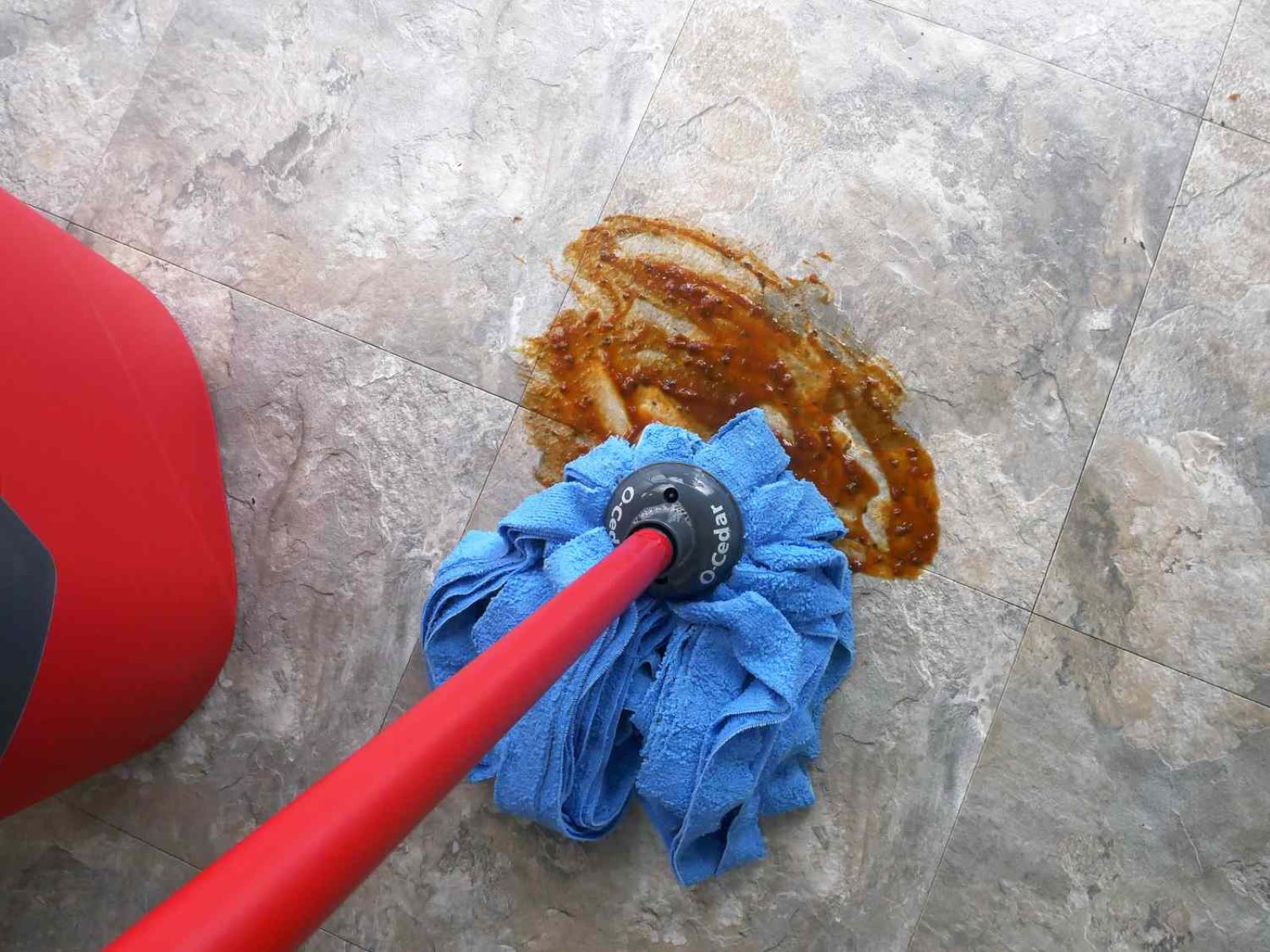
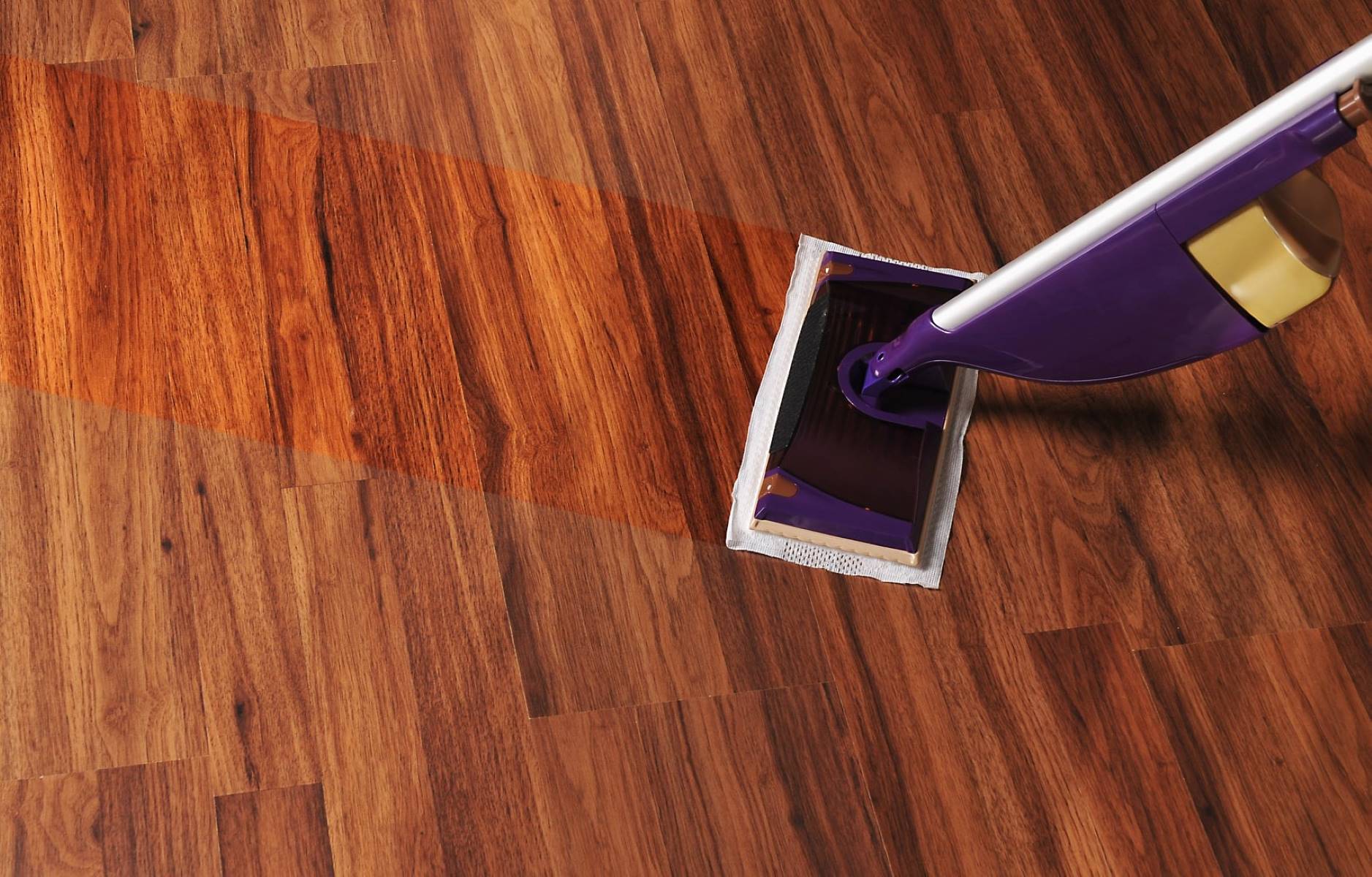
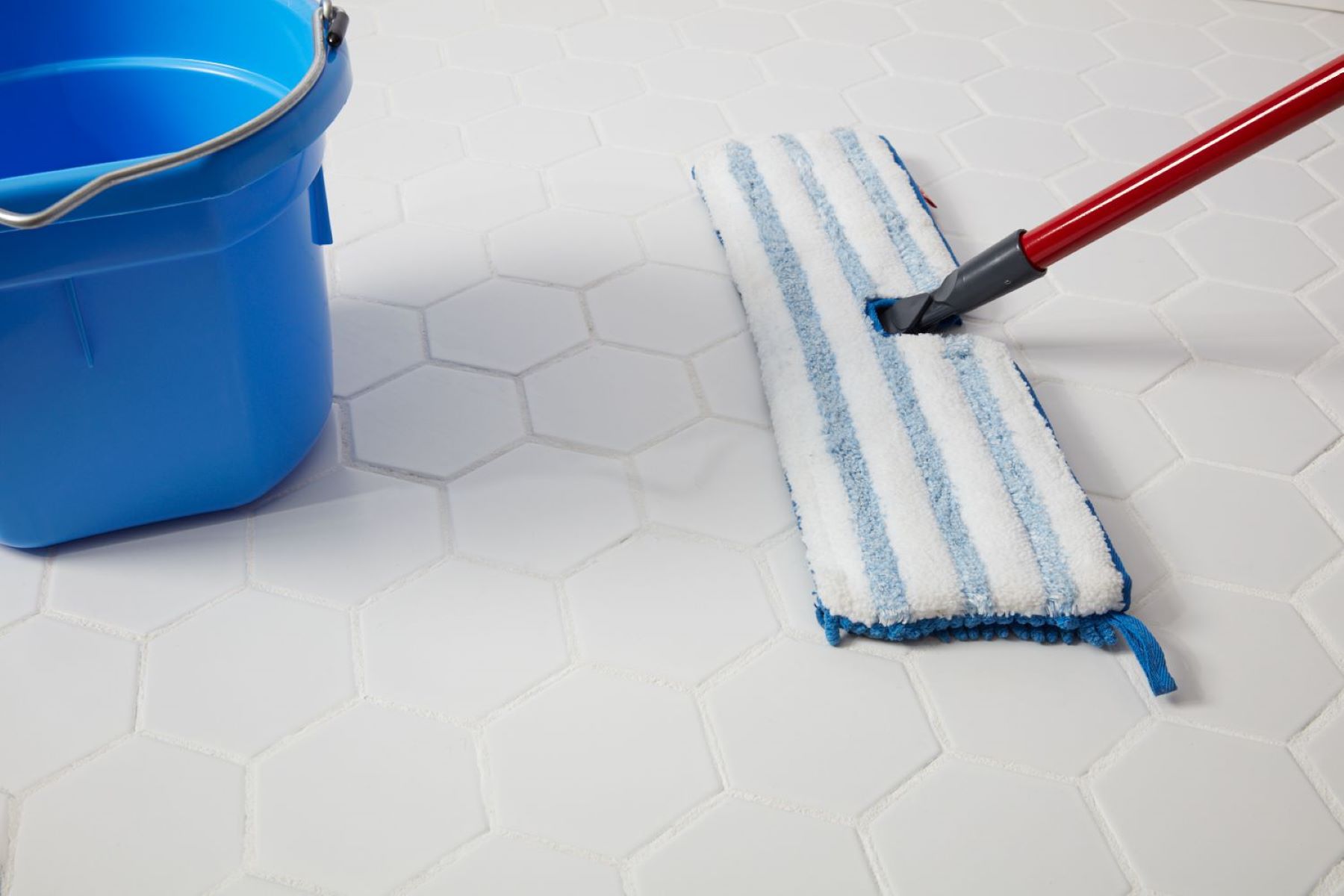
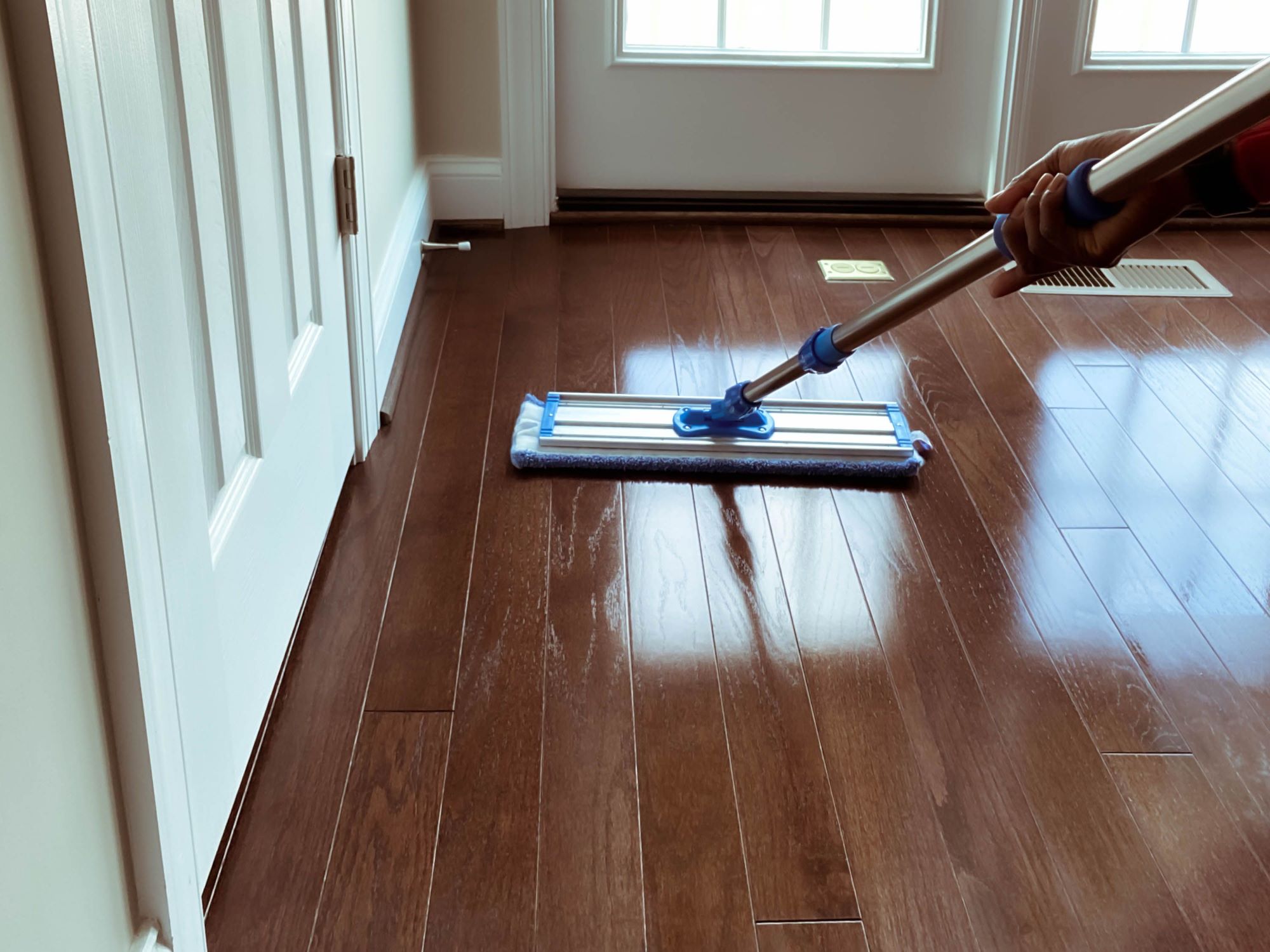
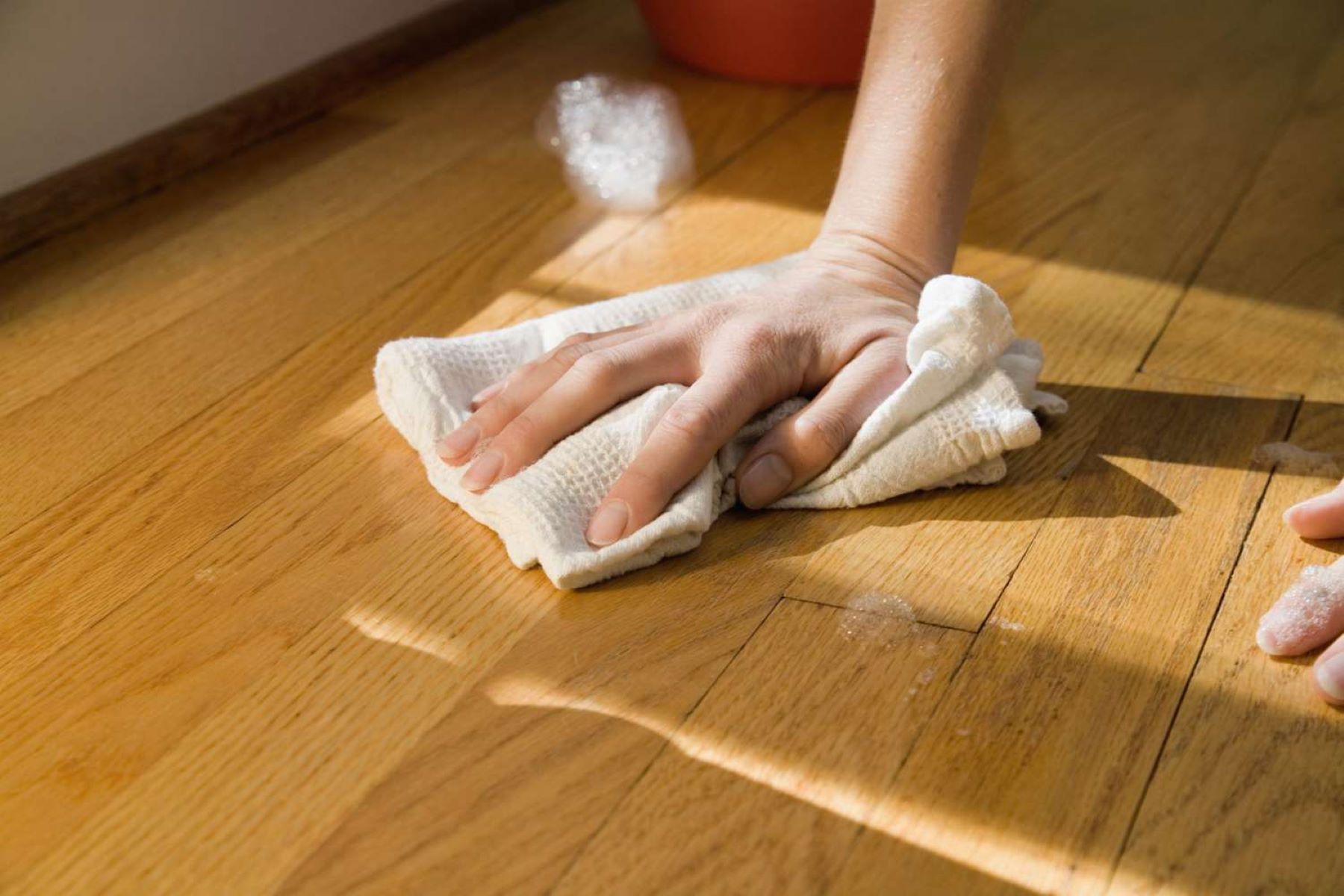

0 thoughts on “How To Mop Floors With Bleach”